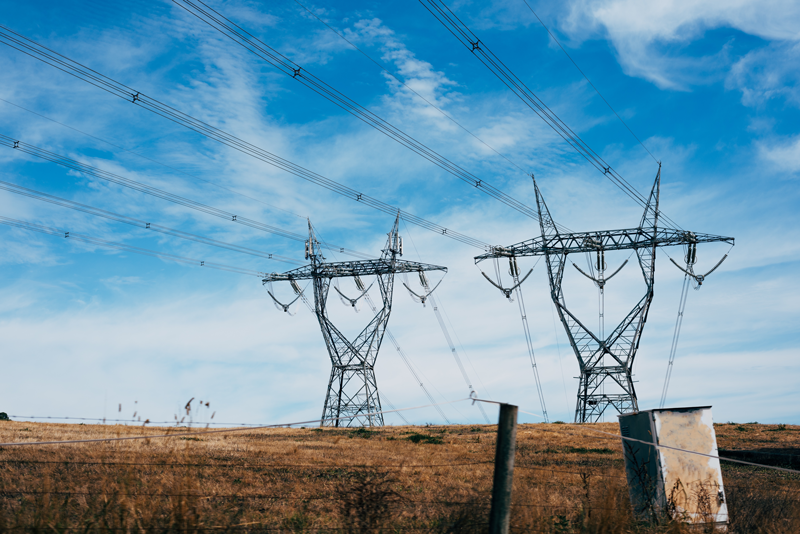On Thursday 11 June, the Australian Energy Market Commission (AEMC) announced changes to the National Electricity Rules that will come into effect for large energy users within the National Electricity Market (NEM) in October 2021.
While 2021 seems a long way away, understanding and integrating the demand response opportunity into your energy strategy will require time. There are potentially significant benefits to be created with a strategic approach to demand response. For large electricity users this change creates an opportunity to reduce energy costs. In this article Energetics outlines the opportunity ahead of a more detailed thought leadership series.

What is demand response? Why should your business investigate this opportunity?
Demand response provides an opportunity for end users to reduce or shift electricity usage during peak periods and be financially rewarded for doing so. Large energy users will be able to bid demand response into the NEM [1] if their load can be curtailed, or managed using control systems, storage technologies or on-site generation to reduce demand on electricity networks.
By enabling large users to reduce their demand for electricity at peak-demand times, a range of benefits are created for the market as a whole including lower energy costs, greater energy security and lower emissions.
How it will work
Who can access the Wholesale Demand Response Mechanism (WDRM)?
The WDRM is only applicable to large commercial and industrial energy users in the NEM (Queensland, NSW, Victoria, ACT, Tasmania and South Australia). The AEMC determined that the inclusion of smaller energy users would decrease the accuracy of the baseline, increase complexity and provide limited benefits.
How do I maximise the benefit of participation in the WDRM?
Large energy users should look to include demand response as part of an holistic energy strategy. Demand response can complement procurement, energy efficiency, on-site renewable generation, on-site storage and power purchase agreements and provides energy users with opportunities to reduce both the risk and the cost of their electricity supply.
What do I need to do if I want to participate in the WDRM?
The mechanism relies on baselining energy users’ typical consumption to be able to monitor the actual demand reduction. This may require additional metering or communication technologies. Demand Response Service Providers (DRSP) will be required to demonstrate that they comply with the baseline methodology(s) developed by the Australian Energy Market Operator (AEMO).
Do I need to be spot exposed to access this?
No. The main benefit of this mechanism is that non-spot exposed organisations are able to access it. Spot-exposed energy users are excluded.
Do I need to become a DRSP?
No. By breaking the requirement for the retailer to be the single financially responsible party per meter, the energy user can either engage their retailer as the DRSP[2], another retailer or alternatively a demand response aggregator. Very large electricity users could also register as a DRSP. There may be benefits for users in engaging a third party to reduce administrative overheads.
Next steps
The WDRM offers a means to reduce energy costs and act as a physical hedge to market volatility. With the ink drying on the Rule change, now is the time to start reviewing the demand response potential of your portfolio, consider how it could feature within your retail contracting strategy and your longer term approach to energy management within your business. If you are considering demand response strategies and want to understand the revenue potential for your portfolio, contact one of our experts today.
References
[1] To learn more about how power is dispatched across the system, the AEMC provides an explanation.
[2] The WDRM introduces a new market participant category: a demand response service provider (DRSP). If a retailer wanted to provide wholesale demand response through the mechanism, it would need to register as a DRSP.






